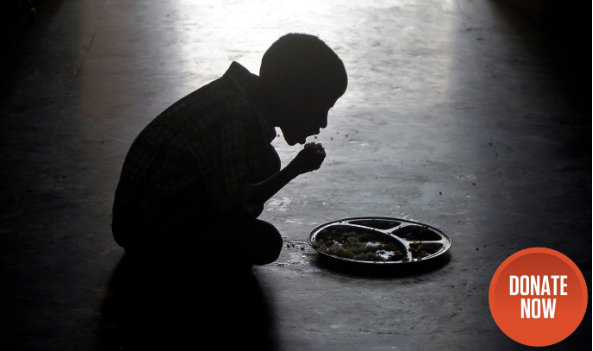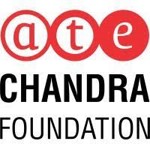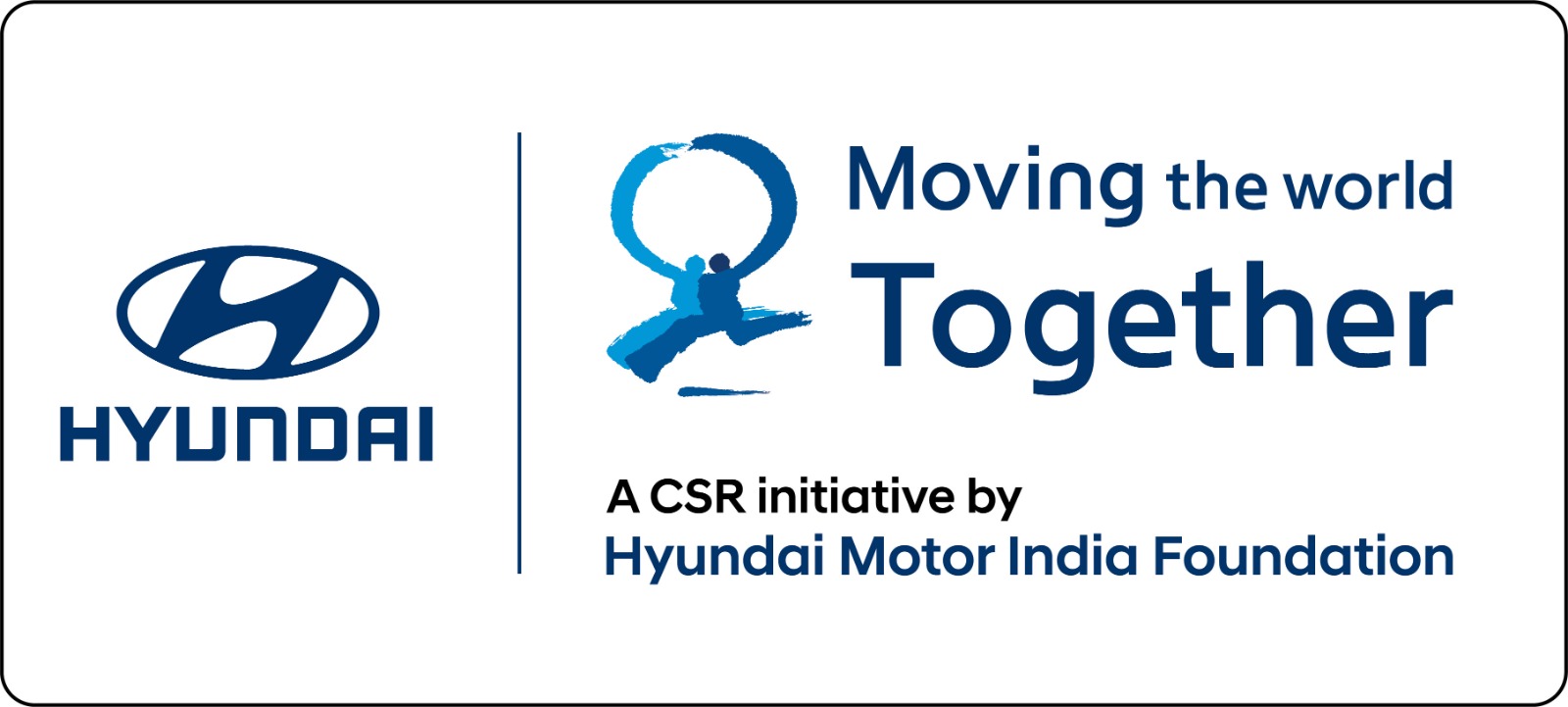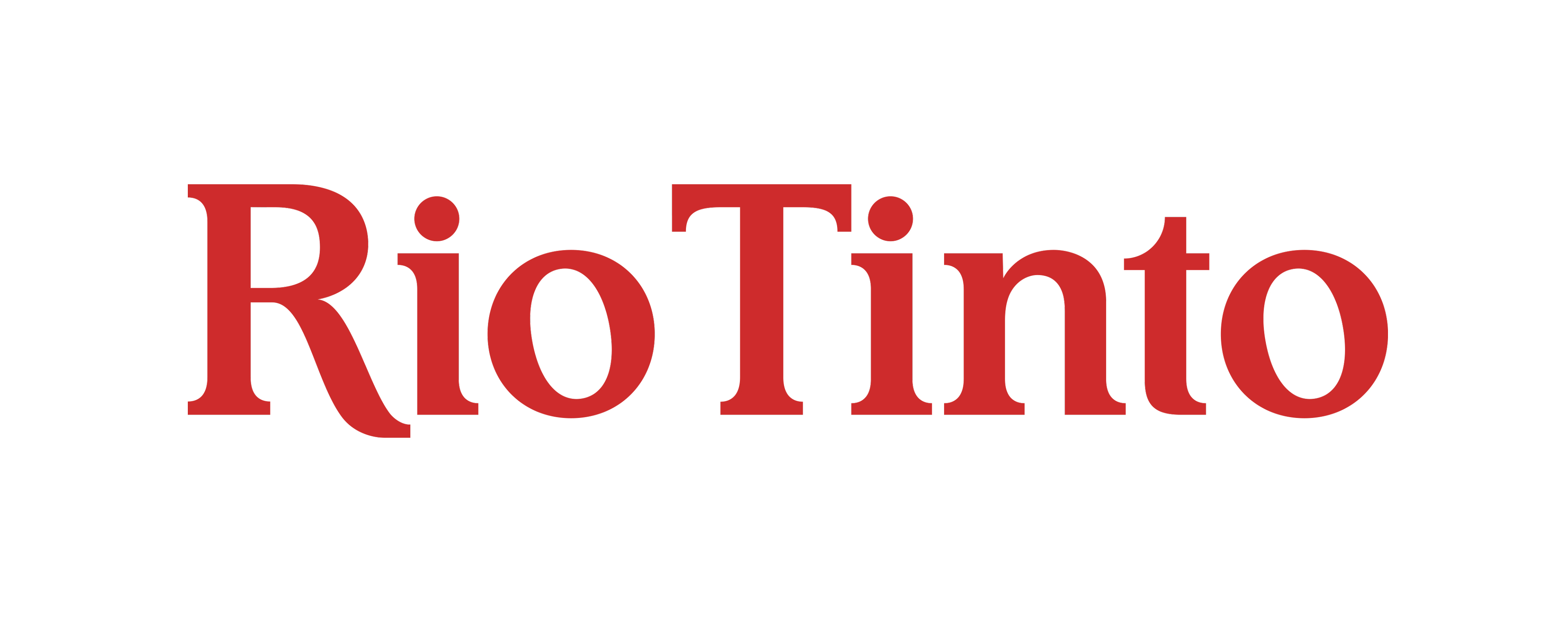Following the coverage in national and vernacular media about the death of 17 children of Juanga tribe in Jajpur district of Odisha in the last six months has compelled the Odisha state government to initiate an emergency “feeding programme”. Though quick action of the state government deserves special mention, but the ground situation raises several other bigger questions to answer for. Is the launch of a feeding program sufficient to combat the situation or a deeper analysis of the bigger picture is required to reach a more sustainable solution? Is this incident unique and more apparent in a poor state like Odisha or are tribals of richer states are also vulnerable to hunger and malnutrition? Would only ad-hoc feeding programs enable this marginalized group for stronger and sturdier future? Most probably the answer is NO.
According to recently released FAO (Food and Agriculture Organization) report, India is home to the highest number of hungry people- 196 million. National Family Health Survey -3, brought out the glaring fact that 38. 4 per cent children under the age of three are stunted, 19.1 per cent children are wasted and 46 per cent children are underweight. However, this situation varies across state, social groups and gender. Scheduled tribes, Scheduled castes, girl children and women, are the worst affected.
Cases of hunger and malnutrition among tribal children in India are endemic. According to a UNICEF report, there are 11.5 million scheduled tribe children under the age of five years of age in India; and more than half (54%) of them are stunted. Child mortality rate and under five mortality rate among tribals are higher with 35.8 and 95.7 respectively, as compared to other social groups
India’s State Hunger Index, prepared following the model of Global Hunger Index in 2008, clearly depicted the poor performance of tribal dominated states like Odisha, Madhya Pradesh, Jharkhand and Chhattisgarh, where majority of the population is suffering from acute malnutrition. Among these tribal dominated states, Madhya Pradesh is the worst affected, it fared lower than the Sub-Saharan countries like Sudan, Malawi, and Burkina Faso.
A study was done by UNICEF in 2014 to assess the differential vulnerability to hunger and malnutrition by tribal and non-tribal children. The study involved 7,714 children, including 1606 tribal and 6,108 non-tribal children, it was found that severe stunting among tribal children was nine percentage points higher than the other children.
In a patriarchal society like India, social and cultural norms discriminate women and girls in accessing nutritious food, education and mobility. Malnutrition and anaemic condition of girl children are considerably worse than boys. A third of women of reproductive age in India are undernourished, with a body mass index (BMI) of less than 18.5 kg/m2. Around 21.2 percentages of tribal women have BMI below 17 kg/m2. An undernourished mother inexorably gives birth to an undernourished baby, perpetuating an intergenerational cycle of under-nutrition. The UNICEF study found significant positive correlation between the mother’s education, information and stunting with child’s malnutrition status.

Though lack of access to nutritious food is one of the major reasons of stunting, wasting and underweight of children; the problem is not that simple. Cumulative effect of many variables like poverty, access to health care, improper hygiene and sanitation, lack of education of mother, inadequate and improper diet of mother and child during pregnancy and child birth creates this deplorable condition to which we are losing our future every day.
Initial assessment of the Jajpur area brought out the daily struggle of the tribal population with respect to access to health and other basic services. The nearest hospital is 18 kilometers away; lack of proper road obstructs officials to reach out to the community to provide health and nutrition support. National Family Health Survey-3 data shows that around 44 percent of tribal population faces difficulty in accessing health care facilities while only 2.6 percentage have health insurance. According to Census of India, 2011, only 14 percent of the tribal populations in rural areas have a source of drinking water within their premise and only around 46 percent of tribals have access to electricity.
Feeding programme might provide some immediate relief, a holistic tribal development programme is essential to eradicate hunger and malnutrition among the tribal community. According to NFHS-3, higher proportion of tribal children (49.9 percent) are accessing support under ICDS scheme compared to Scheduled caste (36.1) and OBC (30.3); but, still higher proportion of tribal children (76.8) percent in comparison to Scheduled caste (72.2 percent), OBC (70.3 percent) suffers from anemic condition. Increasing awareness about food and nutrition, facilitating access to health care services, improved hygiene and sanitation, sufficing nutrient and micro-nutrient requirements of pregnant women, bringing gender equality in accessing education and nutrition are few of the initiatives essential to create a sustainable solution.
Government of India is running several programmes including midday meal scheme, ICDS etc. to improve the nutrition status; however, recent deaths of the tribal children in Odisha demands us to travel a little interior to reach out to the most needy. Keeping in mind the magnitude and severity of the hunger and nutrition problem in India; it would be essential for all the stakeholders – government, civil society organizations and corporates- to join hands for creating a healthy India.
Help us in our fight against malnutrition and hunger. Donate to help a child lead a hunger-free life.
Sources:
Disclaimer: The views and opinions expressed in this article are those of the author and do not necessarily reflect the views and opinion of OneStage
Search
Categories
Recent Posts
- A brief visit to a project site in Gurugram
- How was OneStage born?
- ‘The plight of people moved me, and the heroic efforts of frontline workers inspired me to support COVID Relief work’
- 7 ways to take care of your Mental Health during the pandemic
- 5 things you must keep in mind before forwarding information on COVID











.png)

.png)

